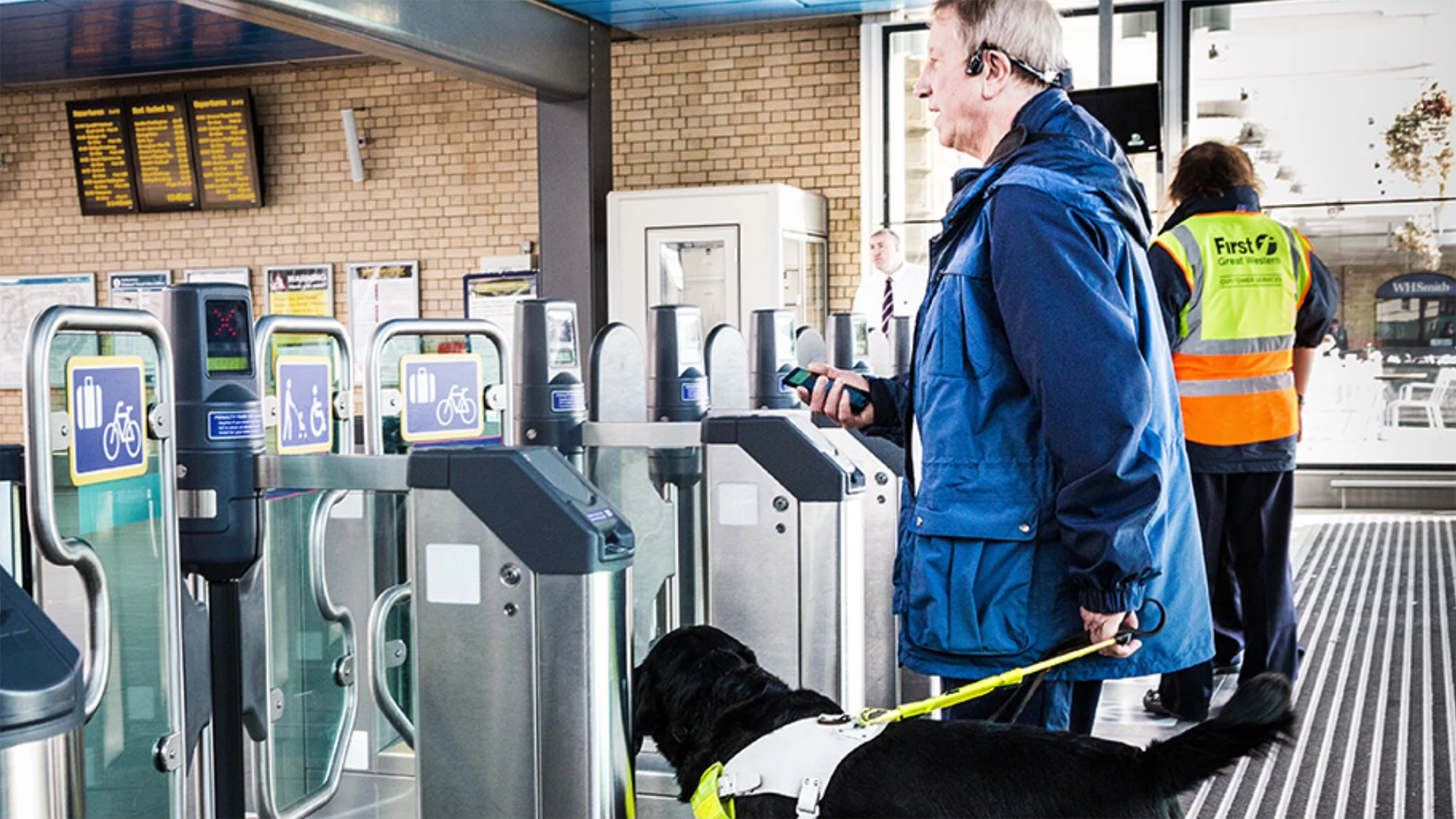While the act of walking down the street might be second nature to most of us, it can be a much more difficult experience for those who are blind or visually impaired. To combat the issue, Microsoft has developed a headset that uses bone-conducting audio, creating a 3D soundscape to safely guide users to their destinations.
Microsoft developed the device, currently in the prototype stage, with the help of the Guide Dogs charity (and it was adapted from an existing Aftershokz headset for cyclists). Rather than using conventional audio, sound is conducted through the jawbone directly into the inner ear, meaning wearers can still hear what’s going on around them.

The headset connects to Windows Phone handsets, and uses a combination of GPS and annotated maps alongside a network of Bluetooth and Wi-Fi beacons placed along the route. After setting the route, the wearer will hear a continuous clicking noise designed to sound like it’s coming from a meter or two ahead, guiding him or her along the correct route.
Different audio cues will warn the user if she's approaching obstacles such as curbs or parked cars, and simple instructions such as “turn left” will direct them on their route. The experience is designed to replace sticks or canes, providing a less stressful means for visually impaired people to safely navigate outside.
While the technology has potential, the need to have a comprehensive network of beacons in place for it to fully function means it's unlikely to become widely available any time soon. However, Microsoft believes it could have a big impact on the lives of not only the visually impaired, but the rest of the population as well. The company cites examples like helping tourists to get about in foreign cities and navigate public transport.

It’s also not the first time we’ve seen the idea crop up. The Royal Society for Blind People-developed wayfindr headset made similar use of beacons and verbal directions to help blind or visually impaired people navigate London’s subway system.
Researchers from the Center for Research and Advanced Studies in Mexico also worked on glasses that use GPS, ultrasound, stereoscopic vision and artificial intelligence to aid navigation. And yet another headset, known as OrCam, also makes use of bone-conduction, allowing the visually impaired to identify and get information about objects by simply pointing at them.
You can check out the video below for a closer look at Microsoft’s new headset.
Source: Microsoft






